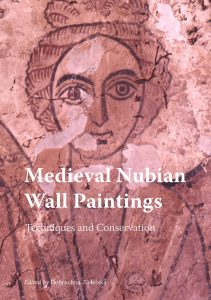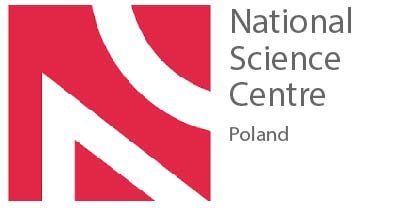
Although their unique style and iconography has fascinated scholars for nearly 50 years, their material aspects have not yet been studied in a systematic way.
Within the framework of the project “Technology of the Nubian Wall‐Painting: history, techniques, conservation‐treatment” (no. 2011/01/D/HS3/06119) funded by the National Science Centre of the Republic of Poland, samples of nearly all discovered Nubian murals were collected and analysed for the first time. The team of specialists from the University of Warsaw, the National Museum and the Warsaw University of Technology took the chance to enter into cooperation with researchers from many scientific institutions and museums.
The results proved to be exceptionally rich. The craftsmanship of Nubian painters, hitherto considered  somewhat provincial, was found to represent the highest quality and skill. Initially the artists drew upon an enduring local tradition, but the arrival of Christianity from Byzantium brought new sources of knowledge and materials. With the rise of the kingdom of Makuria the painters used better‐quality pigments originating from both neighbouring Egypt and the Near East. The research has shown that the rulers could even afford to import the world’s most expensive pigment besides imperial purple – lapis lazuli.
somewhat provincial, was found to represent the highest quality and skill. Initially the artists drew upon an enduring local tradition, but the arrival of Christianity from Byzantium brought new sources of knowledge and materials. With the rise of the kingdom of Makuria the painters used better‐quality pigments originating from both neighbouring Egypt and the Near East. The research has shown that the rulers could even afford to import the world’s most expensive pigment besides imperial purple – lapis lazuli.
The final results of this project have been published in a volume entitled Medieval Nubian Wall Paintings: Techniques and Conservation published by Archetype Publications in association with the University of Warsaw Press.


